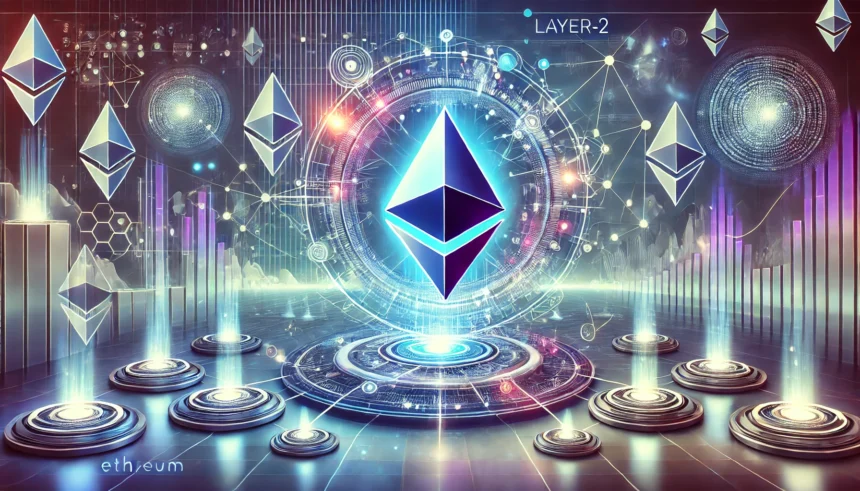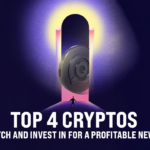
- Ethereum co-founder outlines the primary mission of the ecosystem in 2025 in a detailed blog post and claims the team would continue to build censorship-resistant permissionless blockchain.
- Vitalik Buterin also admitted that there is much work to be done this year; in this case, he assured that the team would significantly accelerate its effort.
Ethereum co-founder Vitalik Buterin has, in the latest blog post, highlighted the existing plans of the ecosystem in 2025. According to the report, Ethereum would continue to focus on building a global, censorship-resistant permissionless blockchain.
Shedding more light on this, the post described this project as a free and open platform where decentralized applications would be built on the same principle as GNU + Linux and Mozilla. Buterin also disclosed that the team would follow the path to scale Ethereum through its Layer 2 protocols. According to him, the L2 existing in 2025 is notably different from their early experiments in 2019.
Currently, an important milestone has been reached in terms of key decentralization as they secure billions of dollars of value. As part of the 2025 initiatives, the transaction capacity of Ethereum would be scaled by a factor of 17x.

Challenges of L2s
Highlighting some of the existing resistance to L2 adoption, Buterin pointed out the issue of scale and challenges of heterogeneity. According to him, Ethereum’s blob space struggles to cover the L2s and their use cases.
Also, Buterin outlined the early vision of Ethereum, which included creating a blockchain that included many shards. Each shard was expected to be a copy of the Ethereum Virtual Machine (EVM) that gets processed by a small fraction of the nodes. Fascinatingly, many projects have launched on the blockchain including the likes of Astar Network and Polygon, as summarized in our earlier news story.
The post highlights two main problems encountered in this regard. The first is the easy-to-understand technical challenge. This is said to have an easy-to-describe but hard-to-implement technical solution.
The second issue is the coordination problem. However, the co-founder assured that the team could address it as they have solved difficult problems in the past. He also cited its historic upgrade, the Merge, as one of the efforts to bring long-lasting solutions to the network. In a previous article, we discussed the technical introductions of this upgrade to the ecosystem.
Ethereum is no stranger to performing complex technical tasks between multiple teams: after all, we did the merge. Here, the coordination problem is more challenging because of the greater number and diversity of actors and goals and the fact that the process starts much later in the game. But even still, our ecosystem has solved difficult problems before, and we can do so again.
More About the Ethereum’s Problem and Possible Solutions
Speaking on the possible solutions to the L2s problems, the Ethereum co-founder disclosed that the team would continue to stay on the course and scale everything primarily through the L2s. Meanwhile, one notable suggestion was to ignore the L2 and do everything through the L1 with a much higher gas limit. However, he believes that this would compromise too many of the benefits of Ethereum’s current social network.
Concluding his post, Buterin admitted that Ethereum has a lot of work to be done. This implies that the team would have to double down the effort in 2025.
Ethereum has matured as a technology stack and a social ecosystem, bringing us closer to a more free and open future where hundreds of millions of people can benefit from crypto assets and decentralized applications. However, there is a lot of work to be done, and now is the time to double down.
At press time, ETH was trading at $3.4k after surging by 6% in the last 24 hours. According to our recent analysis, the asset could hit $10k this cycle.







